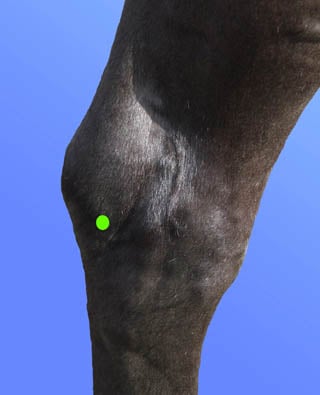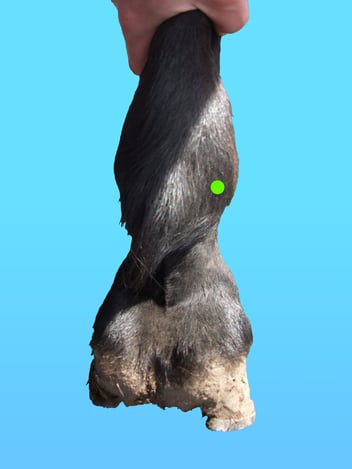Expert Insight - Guttural Pouch Foley Catheter Placement
This Technique Tuesday, our co-founder and equine veterinary surgeon, Jennifer Corley, is sharing her expertise on the Guttural Pouch Foley Catheter Placement technique. Have questions or comments? Drop them in the comment form below, and Jennifer will be more than happy to help! Stay tuned for more exciting insights and techniques.

Examination of the guttural pouch using endoscopy allows for the identification of accumulated exudates, retropharyngeal abscessation, mycotic plaques, temporohyoid osteopathy or other abnormalities, as well as allowing for the collection of samples for cytology and culture and facilitating drainage of accumulated exudate.
Equipment Required:
-
An endoscope (at least 1m long/maximum outer diameter of up to 12mm outer diameter)
-
Good quality endoscopic light source
-
Endoscopic biopsy forceps (at least 10-20cm/4-8 inches longer than the scope)
-
Foley catheter suitable length with 10-30ml balloon
-
Stylet for Foley Catheter (fashioned from wire coathanger)
-
Twitch (optional)
-
Sedation (optional)
-
K-Y jelly (optional)
-
Equipment to take samples if required (aspiration tube, syringe, saline, culture bottles)
Procedure:
The horse should be restrained as for guttural pouch endoscopy (see Technique on Tuesday from 2nd August). The technique can be done blind but it is best done under endoscopic observation.
Technique:
-
The foley catheter requires a Stylet. The Stylet should be 5cm longer than the Foley catheter with a handle on one end and a ten degree bend in the last 4-5cm at the end. Place the stylet into the foley catheter. Endoscopic biopsy forceps can be used instead of a stylet but this is technically harder.
-
Place the endoscope up the opposite side to visualise the guttural pouch to be catheterized so that you can see the opening of the guttural pouch to be catheterized.
-
Advance the foley and the stylet carefully up the ventral meatus of the nostril on the side to be catheterized. Be careful to keep it ventral.
-
When you can see the catheter in the pharynx use the handle on the stylet to position it and turn the bent end so it points laterally.
-
Turn the handle to hook the foley into the top corner of the guttural pouch opening. Once in advance 5cm with the stylet and blow up the foley.
-
Carefully withdraw the stylet leaving the foley in place, check this endoscopically.
Further Resources
EquiTrace Biosecurity whitepaper.
Link for further techniques here.
Equine Techniques App
https://apps.apple.com/us/app/equine-techniques/id451533346
References:
- Burns J. Endoscopic instrumentation. In: Atlas of veterinary endosurgery Ed Slovis NM, Mosby, St Louis, 2003, pp 3-27
- Holcombe SJ, Jackson C, Gerber V, et al: Stabling is associated with airway inflammation in young Arabian horses. Equine Vet J 33:244-249, 2001
- Hardy J, Leveile R. Diseases of the guttural pouches. Vet Clin North Am Equine Pract 19:123-158 2003
- Harold McKenzie Endoscopy of the guttural pouch in The Equine Hospital Manual, Blackwell 2008




